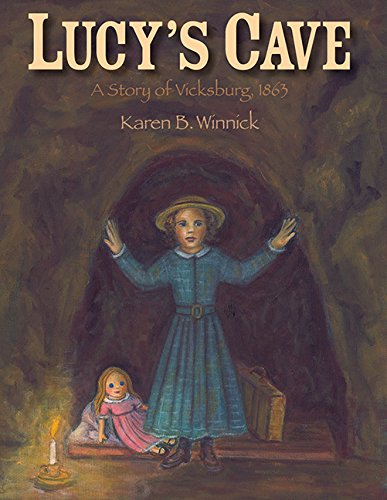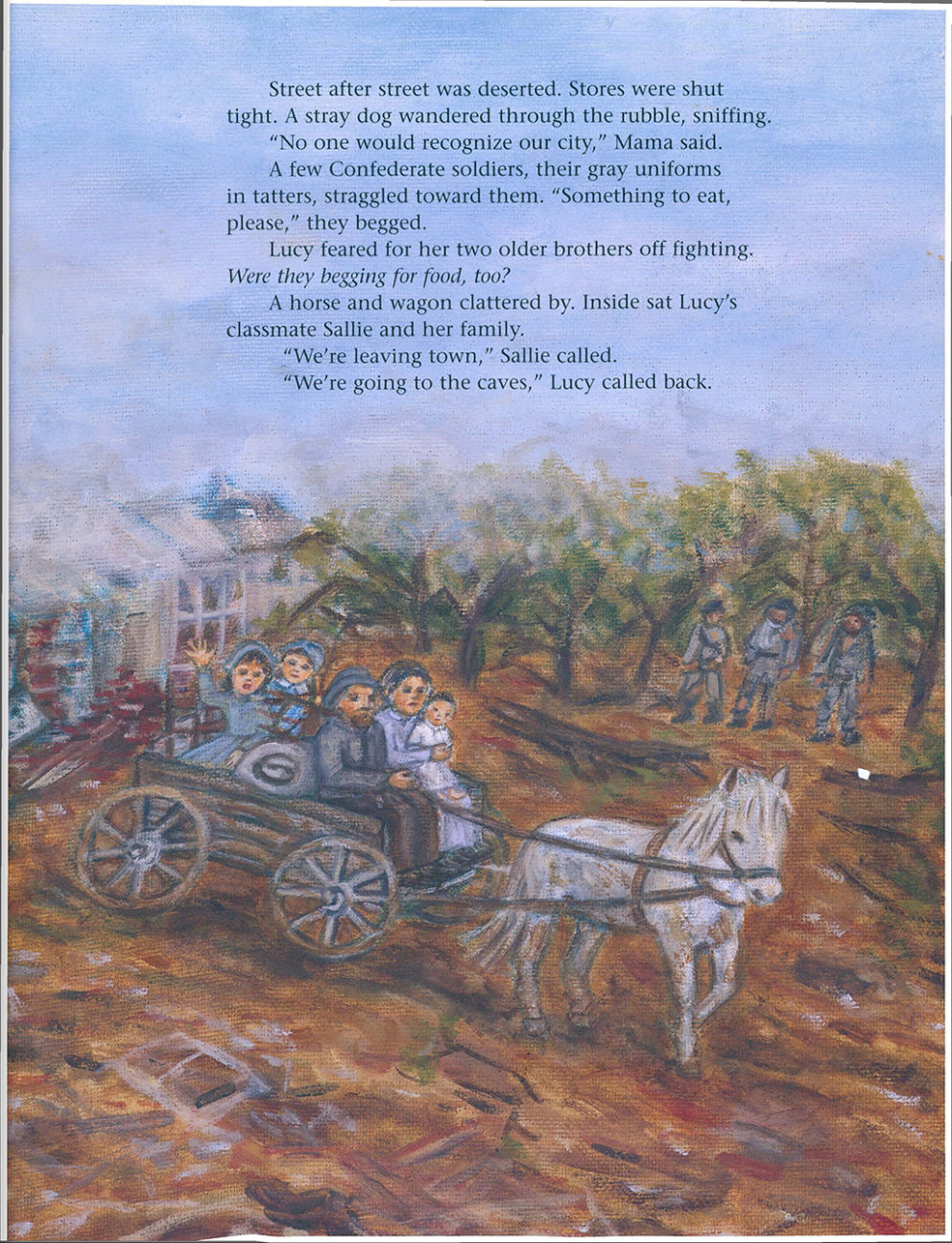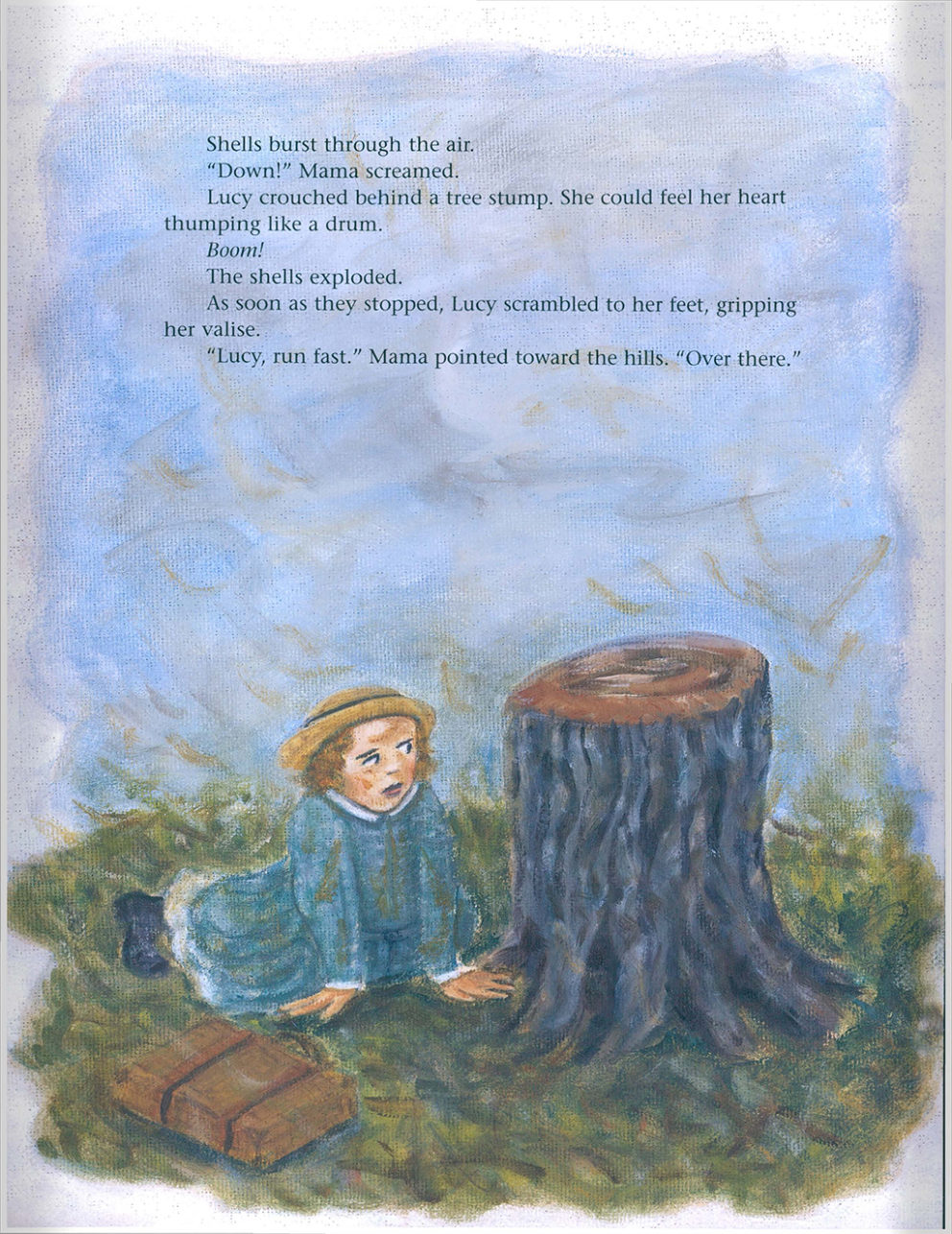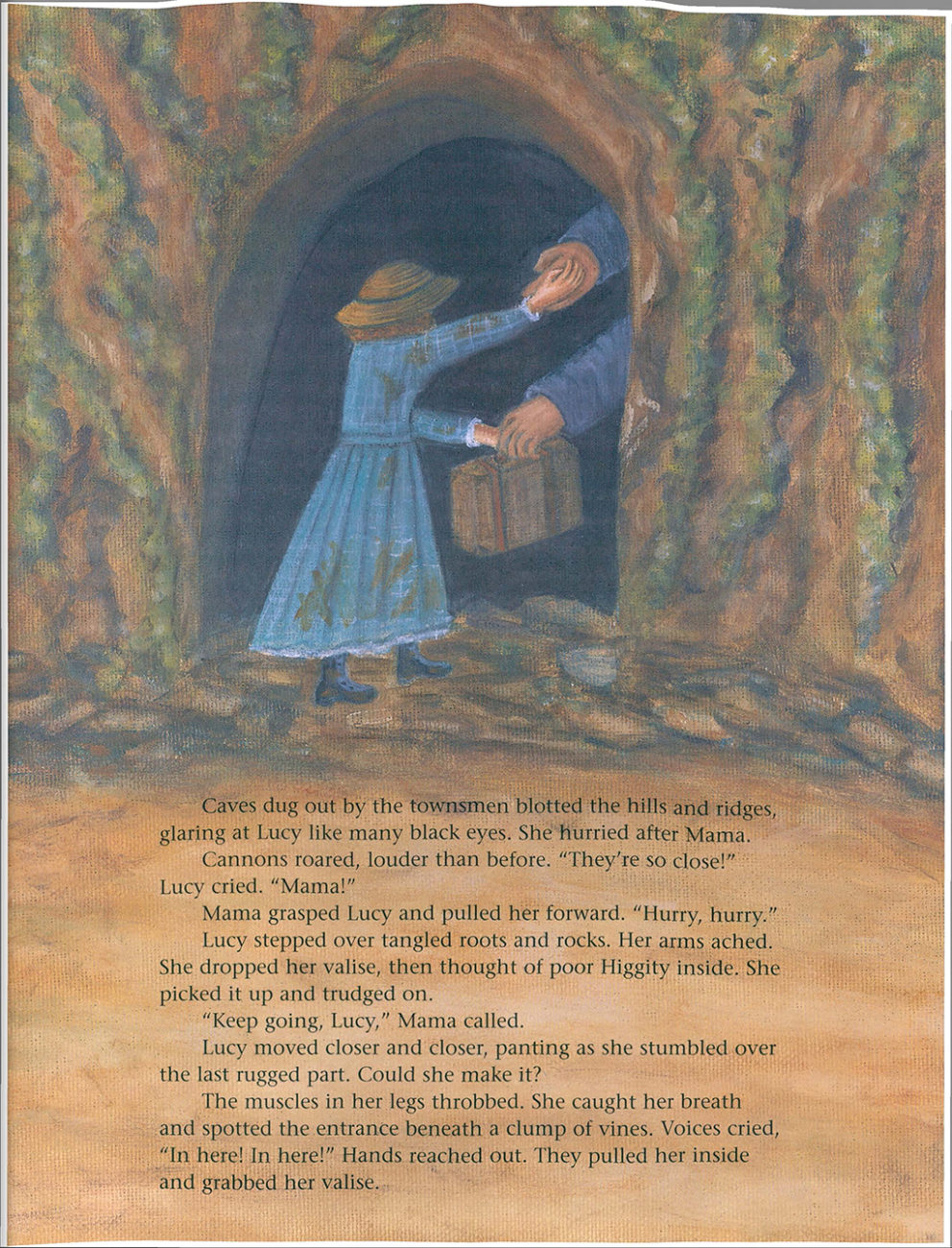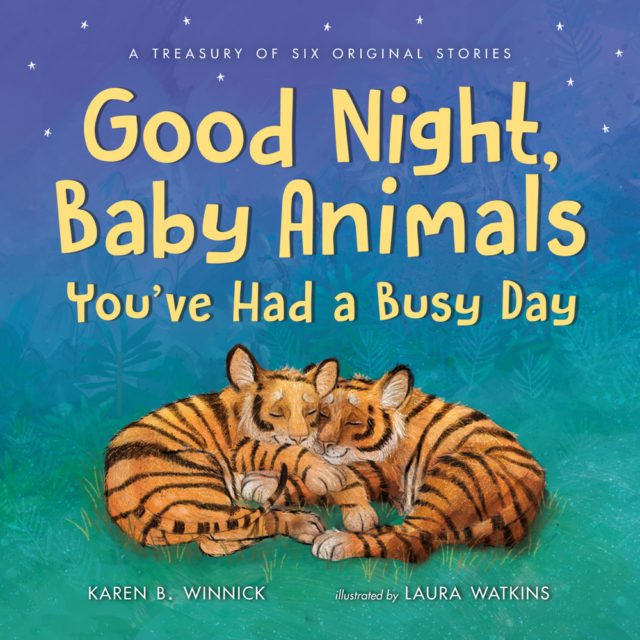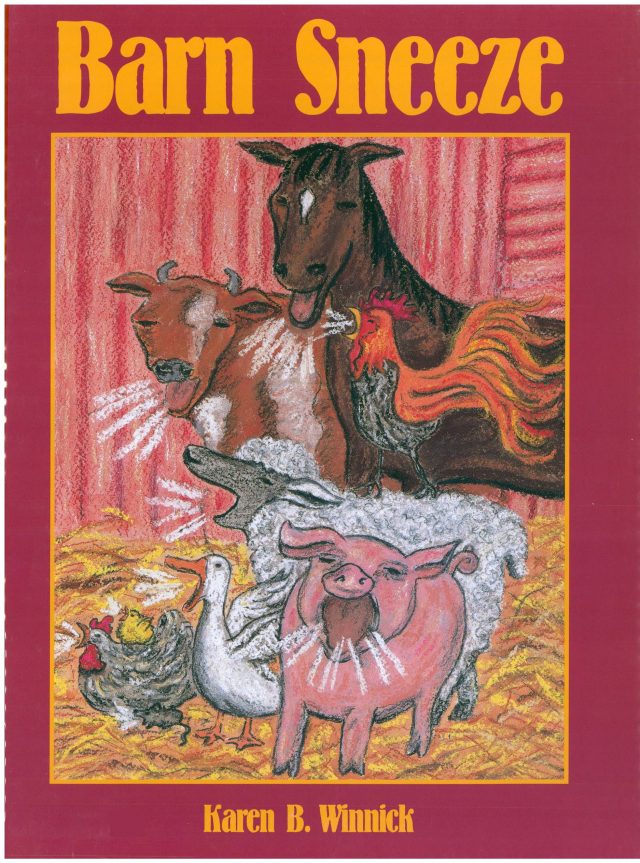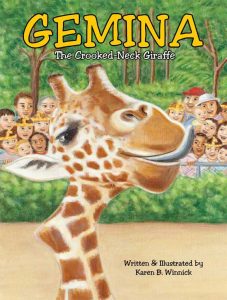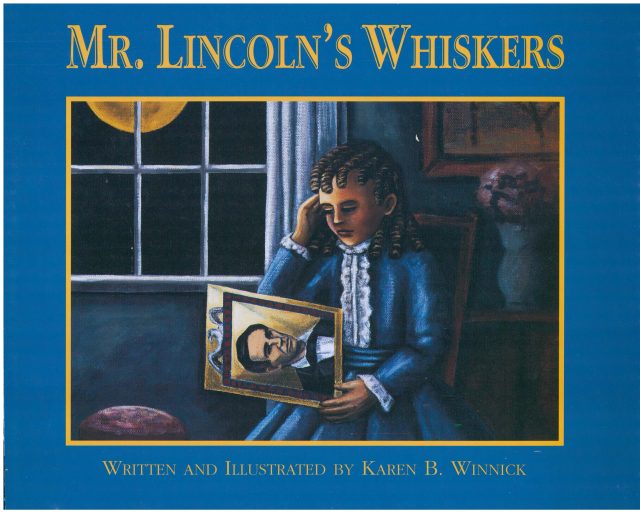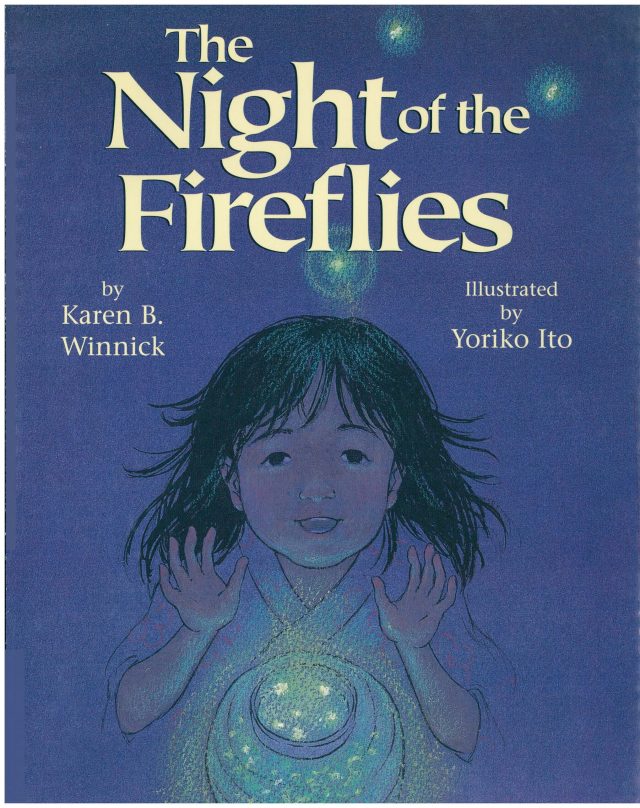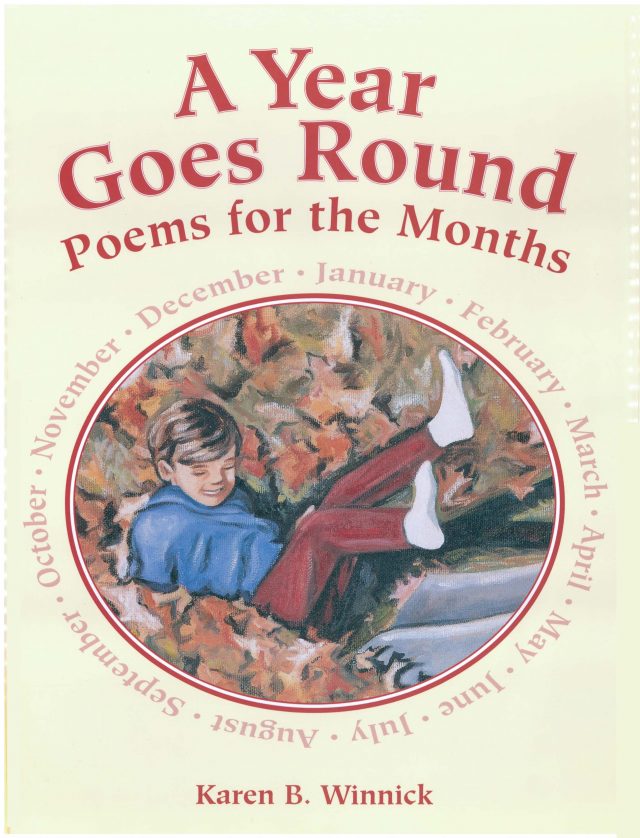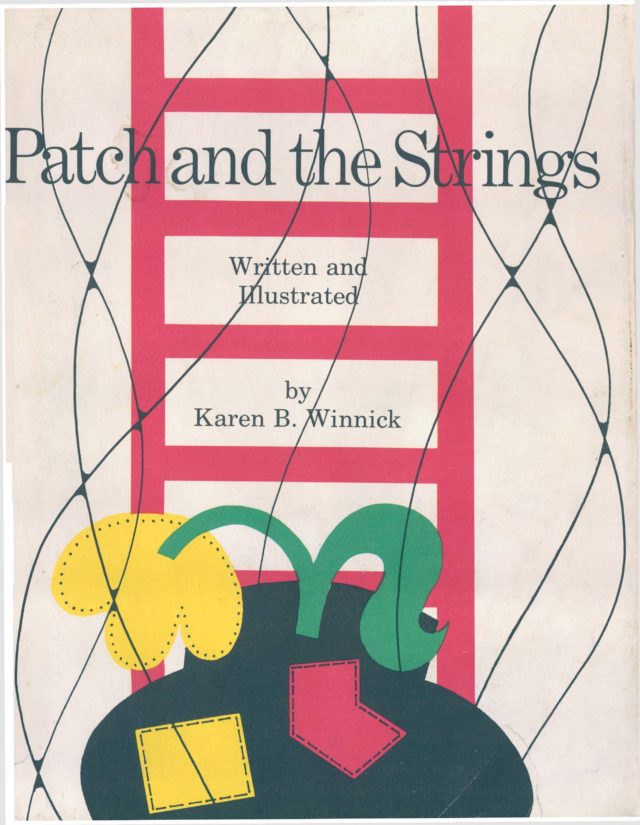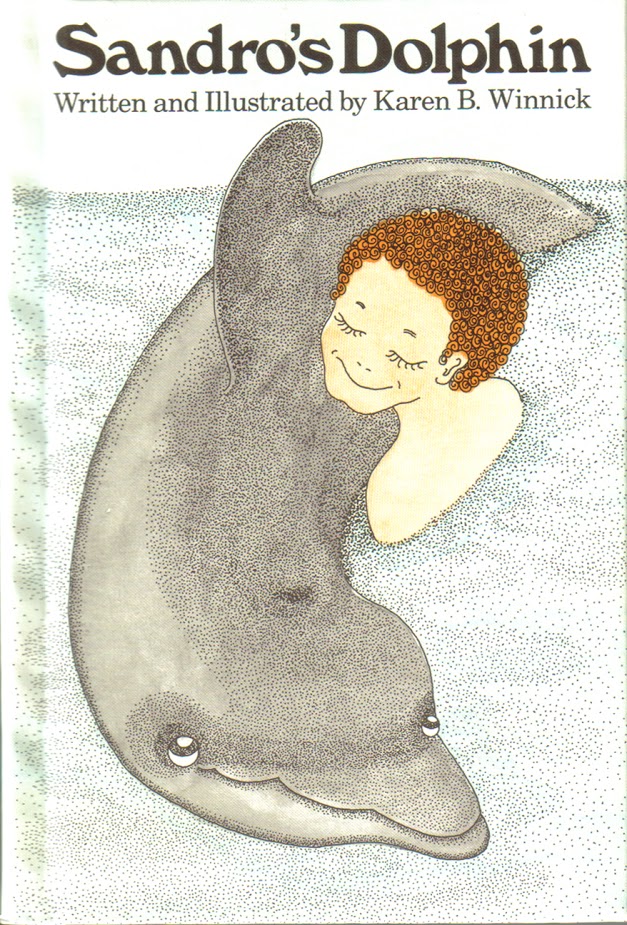What drew you to Lucy’s story?
When I learned through readings about the citizens of Vicksburg, Mississippi during the siege I was intrigued. People left their homes and lived together in caves for 47 days. I read first hand accounts by Lucy McRae and Willie Lord among others. It made me think about how a sense of community was crucial to their survival.
How did your research for this book differ from research for your other books on the Civil War period?
As with my other books, I did a great deal of reading—books, newspapers of the era, websites. I studied maps, old photographs, etc. But similar to my Revolutionary War story about Sybil Luddington, SYBIL’S NIGHT RIDE, I visited the setting of my story before finishing it. I went to the Old Court House Museum in Vicksburg and met with Gordon Cotton, the director at the time. There were many artifacts on display which gave a good sense of the life lived under siege. I toured the city—Lucy’s house called Planter’s Hall (a private family lives there so I couldn’t go inside), Reverend Lord’s church (since rebuilt) and the location of the caves which are sealed off. I stayed at a small inn overlooking the Mississippi River. I could imagine the Union gunboats floating there. My visit gave me a real sense of what Vicksburg might have been like during the Civil War era.
Did you visit the Military Park at Vicksburg?
Yes, I did. This was the site of clashes between the Union and Confederate forces. For me, it filled in the rest of the story. But for LUCY’S CAVE, I was concerned mainly with the story of the civilians during the siege.
Where there interesting facts about Lucy that you had to exclude from the story?
Mostly those facts took place before and after the action of my story. Lucy’s two brothers survived the Civil War. One, her brother Allen, stood guard at the tent of the President of the Confederacy, Jefferson Davis. When Allen was discharged he was given a letter, a horse and a gold piece worth twenty dollars. He rode from Virginia to Vicksburg on the horse with the coin inside his boot.
When Lucy was grown she married John Walton and moved to Lewisburg, West Virginia to be with him. After his death she married Henry Bell. She had one daughter, also named Lucy. She died in 1930 and is buried in Lewisburg. For many years her home in Vicksburg, Planter’s Hall, was a museum. Today it’s a private residence.

